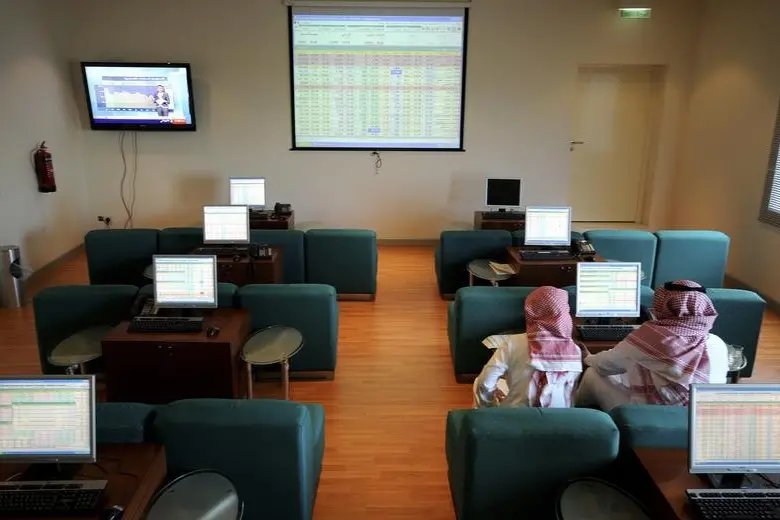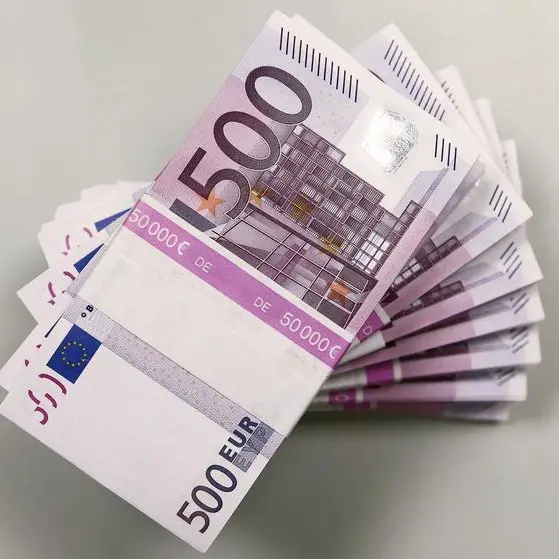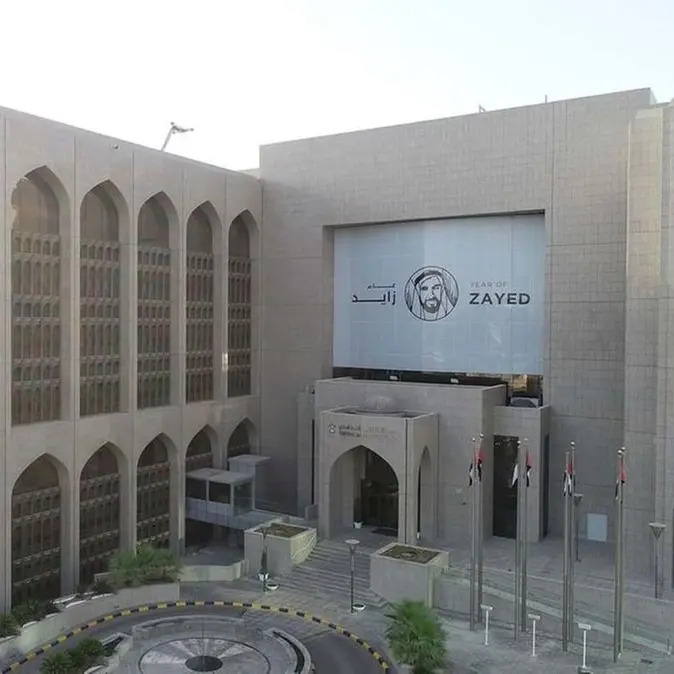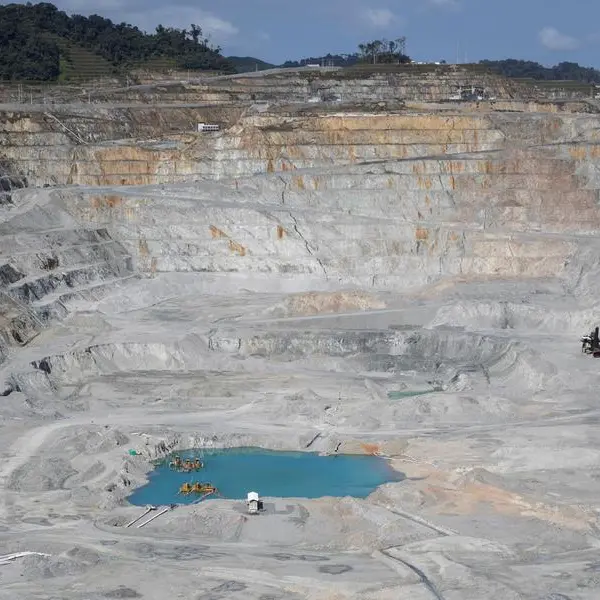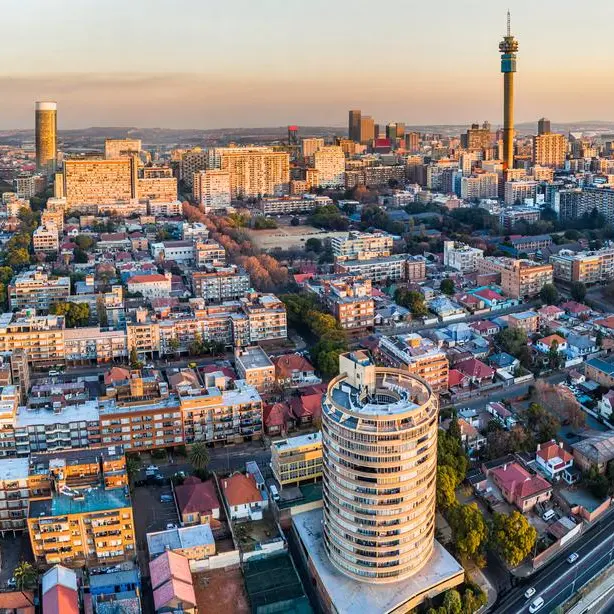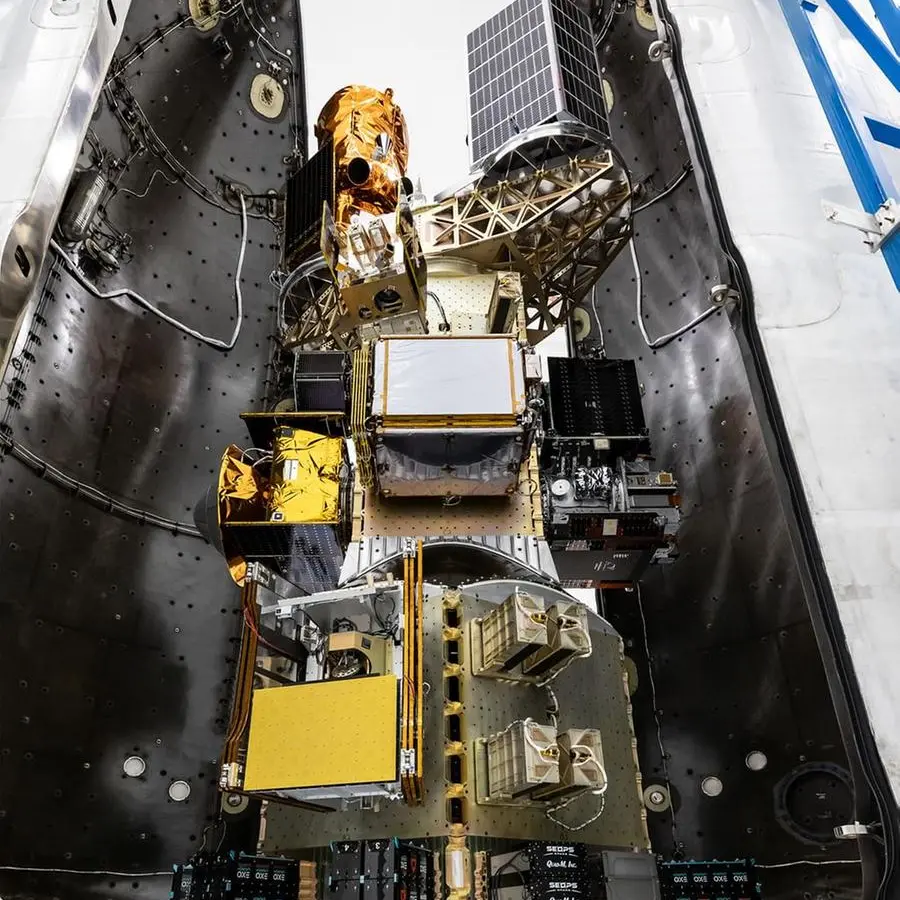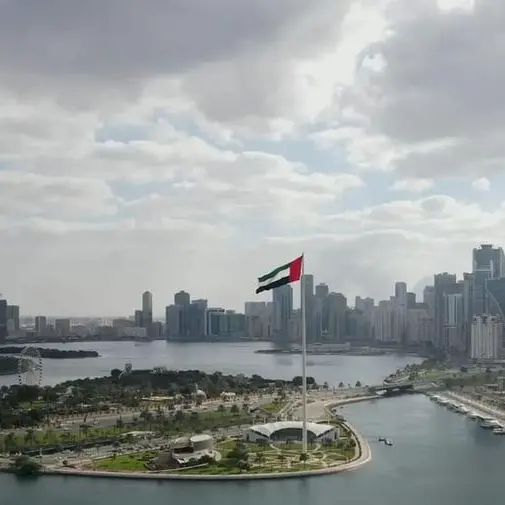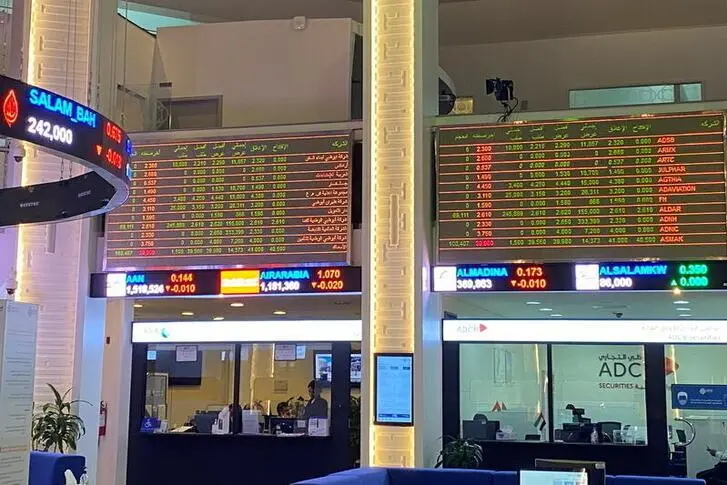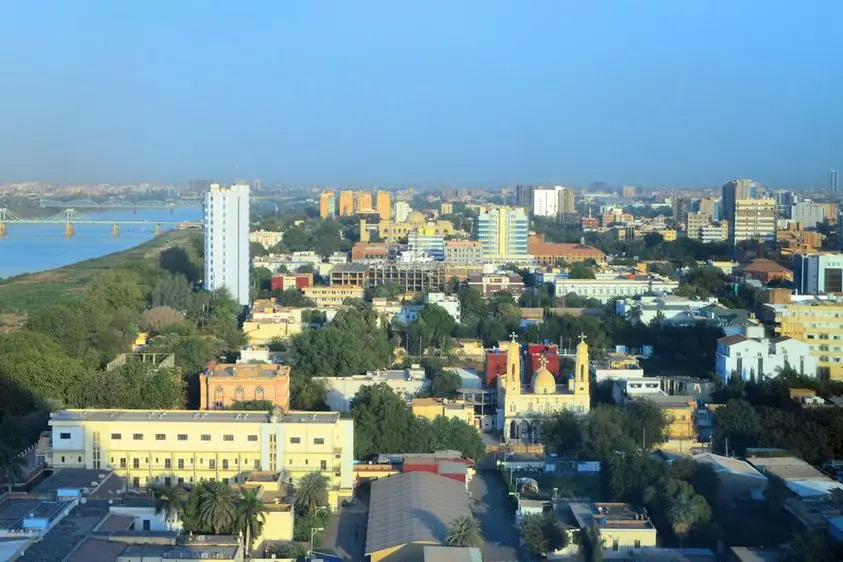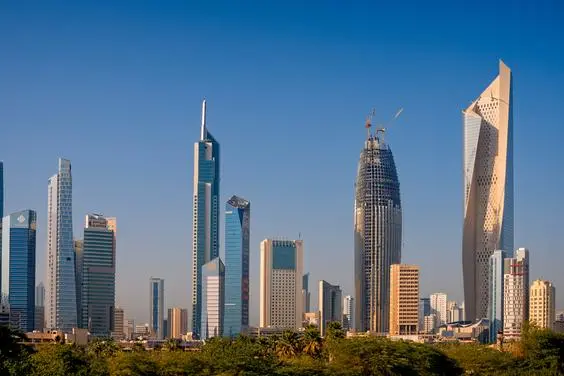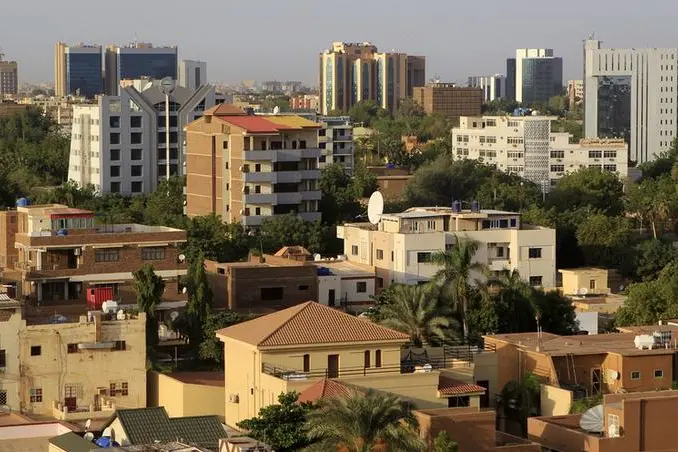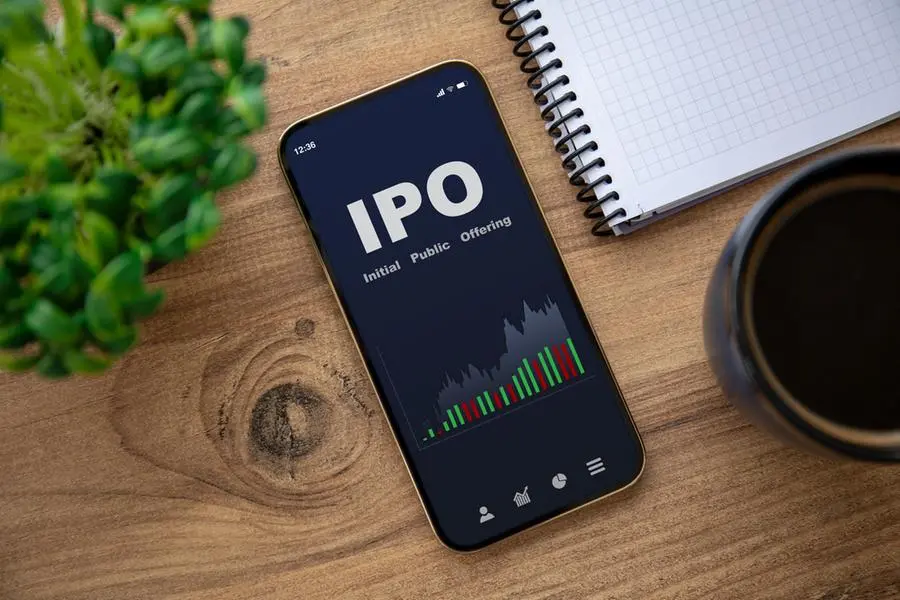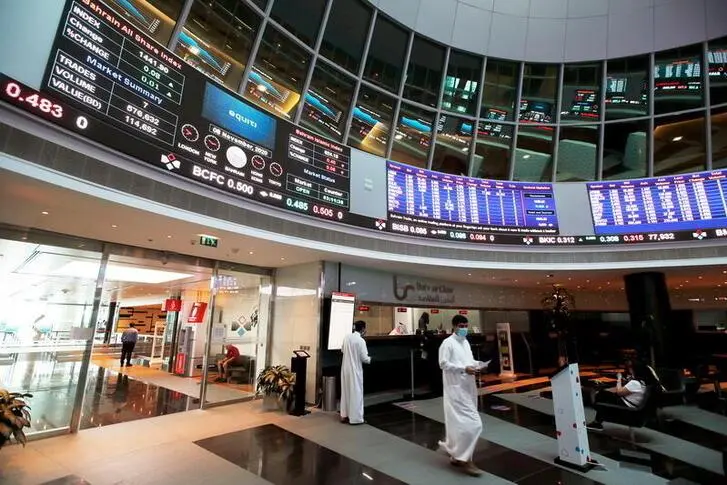PHOTO
Saudi traders monitor stocks at a Saudi Bank in Dammam October 26, 2008.
Sentiment towards Saudi banks has turned less optimistic after the first tranche inclusion of the kingdom’s stock exchange in the MSCI Emerging Markets index, a report said last week.
“Despite the recent correction in Saudi banks, valuation multiples are above historical levels and sentiments are now marginally less optimistic than before, post-first tranche of MSCI inclusion,” Pritish Devassy, head of equity research at Al Rajhi Capital said in a note published on Tuesday last week.
Saudi Arabia’s stock market joined the MSCI emerging market (EM) index at the close of the trading session on Tuesday, May 28. A total of $40 billion of foreign fund inflows is expected to flow into the market as a result of the inclusion. (Read more here).
“However, we believe the effect is marginal and sentiments could reverse once active QFI (qualified foreign investors) flows increase exposures before the next tranches of inclusion,” Devassy added. The second tranche is due to take place in August this year.
Index compiler MSCI first announced that it had placed Saudi Arabia's stock market on its watchlist for possible inclusion into its emerging market index in June 2017. Inclusion proposals were then confirmed in June 2018.
Since the addition to the MSCI watch list in June 2017 until Tuesday, May 28, a Thomson Reuters index of Saudi banks gained 36.15 percent, according to Eikon data.
However, the banking index fell sharply in the month of May, before the MSCI’s first phase inclusion, dropping 8.19 percent - its steepest drop in 2019. The index has rebounded since inclusion by more than 5 percent.
Devassy said that the revision in consensus estimates for the Federal Reserve’s rate hikes from two to none and the possibility of a rate cut could push Saudi banks’ NIMs (Net interest margins) lower.
“Overall, there is a possibility that NIMs of the Saudi banks could come under slight pressure on a sequential basis in the medium term,” he said.
The United States Federal Reserve is meeting later this week, and comments from Fed Chairman Jerome Powell earlier in June raised expectations for a rate cut. Powell said the central bank will respond “as appropriate” to the risks from a global trade war and other developments.
Devassy also said that “recent weekly data on market flows indicate that while passive QFIs may have bought in Saudi stocks above expectations, a large chunk of active QFIs exited in the week of (the) MSCI inclusion”.
The Kingdom's stock exchange (Tadawul) is the Arab world’s largest bourse, with a total market capitalisation of over $500 billion. It has witnessed an upsurge in foreign fund inflows in 2019 due to inclusions in both the MSCI Emerging Markets and in FTSE Russell's Emerging Market indices.
FTSE Russel is adding the Saudi index to its secondary emerging market index in five tranches. The first of these additions took place in March 2019, while the last tranche will be added in March 2020. (Read more here).
Saudi Arabia’s Capital Market Authority (CMA) is also considering relaxing a 49 percent limit for foreign strategic investors, its chairman said in April. (Read more here).
(Reporting by Gerard Aoun; Editing by Michael Fahy)
(gerard.aoun@refinitiv.com)
Our Standards: The Thomson Reuters Trust Principles
Disclaimer: This article is provided for informational purposes only. The content does not provide tax, legal or investment advice or opinion regarding the suitability, value or profitability of any particular security, portfolio or investment strategy. Read our full disclaimer policy here.
© ZAWYA 2019
